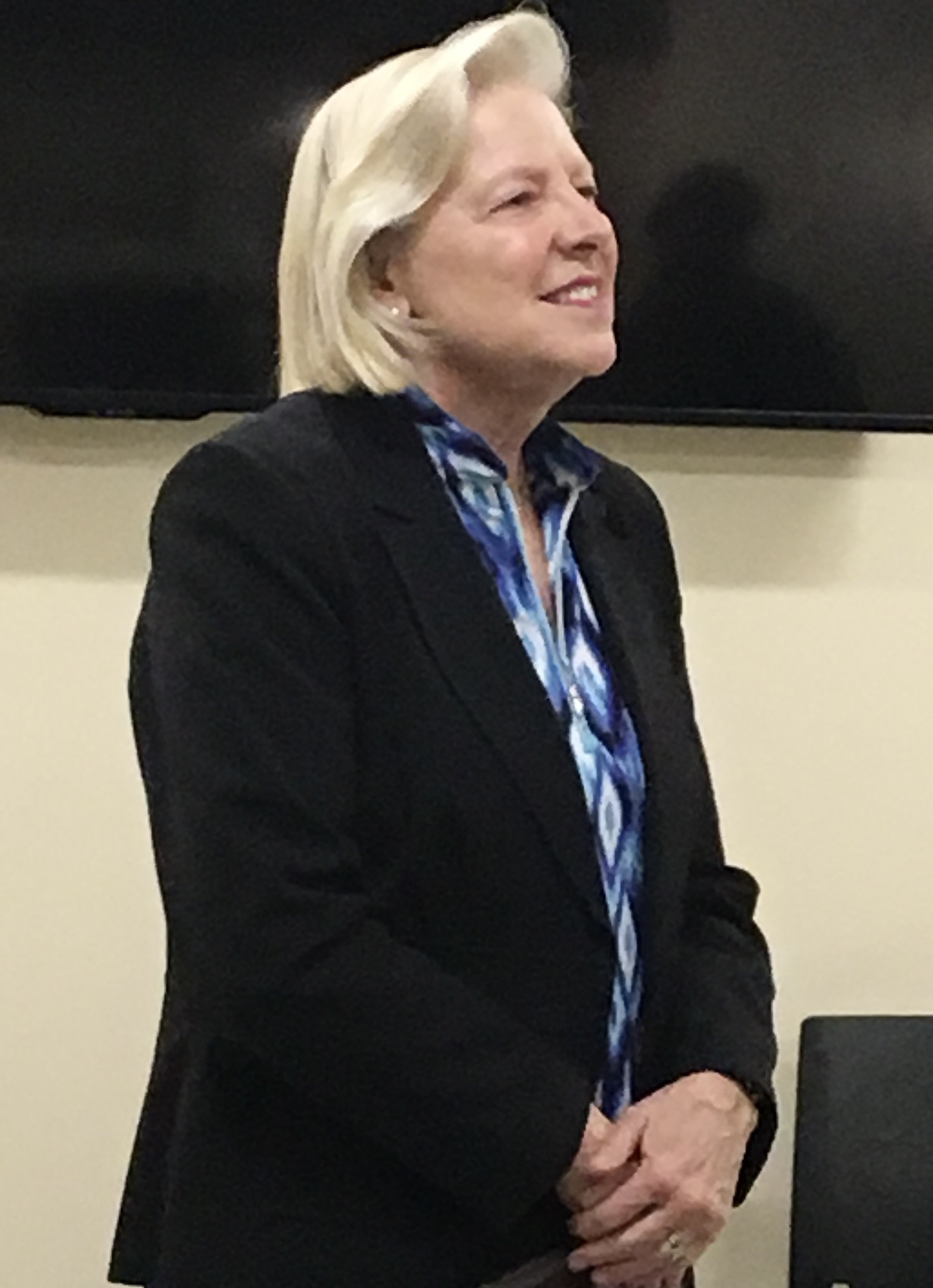alabama.
urban and rural.
health disparities. food deserts.
the test kitchen for change.
In partnership with eMeals, leading menu planning and healthy food authority, Samford University, the University of Alabama in Birmingham, the Albert Schweitzer Fellowship and Christian Service Mission, Cooking Well has been created to be a sustainable community model for infusing health focused in Central Alabama. In spite of these world-class local resources, in all of America, Birmingham, Alabama is a major city uniquely challenged with chronic metabolic disease rates, high percentage food desert, low access to nutrition education and resources, while surrounding rural communities face similar disparities. Cooking Well was created in 2016 to “bridge the gap” and break down the barriers that perpetuate the problems in Birmingham. Throughout the subsequent years, Cooking Well has reached into larger areas of Central Alabama to explore the challenges facing rural populations.
Nourishing Communities
Cooking Well is a virtual or in-person community-based nutrition learning experience designed to empower individuals and families by bringing people and resources together around healthy change. Cooking Well classes includes a practical approach to health through nutrition education and exposure to new foods and cooking techniques, while ultimately aiming to foster vibrant communities. Cooking Well promotes that everyone deserves access to nutritious food, but more importantly the familiarization, demystification and preparation knowledge when access barriers are removed. Our mission is to empower urban and rural communities across Alabama and beyond by promoting healthy eating, encouraging cooking at home, and fostering a love for fresh produce through hands-on nutrition experience. We bring people together in vibrant, community-driven settings to learn, cook, and thrive—because good health starts with good food.
Why We Exist: Addressing Nutritional Health Disparities
Alabama’s communities face unique challenges when it comes to nutrition and health. Take Jefferson County and St. Clair County, for example—two neighboring areas with stark differences where we work.
Jefferson County (Urban Core): As Alabama’s most populous county, with 672,265 residents in 2022, Jefferson County includes Birmingham and surrounding urban areas. Despite its resources, it struggles with significant nutritional health disparities. According to the 2018 Health Equity Report by the Jefferson County Health Action Partnership, access to healthy food varies widely across neighborhoods. Census tracts near the Interstate 20/59 corridor—often home to higher proportions of Black and Hispanic residents and those living in poverty—face limited access to fresh produce and higher rates of diet-related health issues. For instance, the infant mortality rate in 2015 was 10.5 deaths per 1,000 live births—nearly double the national rate of 5.9—and closely tied to maternal nutrition disparities. Fast forward to recent years: the 2022 County Health Rankings placed Jefferson County at #19 out of 67 Alabama counties for overall health outcomes, reflecting ongoing challenges with food insecurity and chronic diseases like diabetes and obesity.
St. Clair County (Rural Reach): Just east of Jefferson County, St. Clair County, with a population of 91,719 in 2022, represents a more rural landscape. Here, the county ranks #11 in Alabama for health outcomes (2022 County Health Rankings). While St. Clair County benefits from a smaller, less dense population, access to healthy food remains a challenge in its rural areas. Fewer grocery stores and longer travel distances to fresh produce sources contribute to reliance on processed foods. Yet, its health outcomes (chronic metabolic disease) suggest only a slightly better nutritional baseline compared to Jefferson County.
Across both counties, communities face higher rates of obesity, diabetes, and heart disease, often linked to limited familiarity with fresh ingredients and cooking skills. We’re here to change that.
Our Approach: Engaging, Community-Driven Solutions
We’re not just about handing out advice—we’re about rolling up our sleeves and breaking down barriers to healthy eating. We are driven to see lives change and community built around a big table. Here is our approach:
Compelling Nutrition Education
Cooking Workshops and Virtual Experiences
Fresh Produce Familiarization
Urban & Rural Reach
The Impact: Bridging the Gap
Recent data shows the stakes. In Jefferson County, food insecurity affects about 14% of residents (per 2022 estimates), with limited healthy food access contributing to a diabetes prevalence of around 13-14% (Alabama Department of Public Health, 2021 trends). St. Clair County fares better, with food insecurity closer to 10% and a slightly lower diabetes rate, but rural isolation still hinders progress. Our programs aim to close these gaps by equipping families with the tools to eat well, no matter where they live.
Cooking Well is a 501(c)(3) non-profit organization.
communities COOKING WELL together
Birmingham
West End
Fairfield
Collegeville
Inglenook
Woodlawn
Avondale
Eastlake
Titusville
Jefferson County
St. Clair County
Etowah County
Blount County
Shelby County
Three Pillars of Health
“What God intended for our good
can be reclaimed through
practicing the three principles
from creation’s garden:
healthy eating,
physical activity and rest.”
-Dr. Patricia Terry, Author
Made For Paradise


